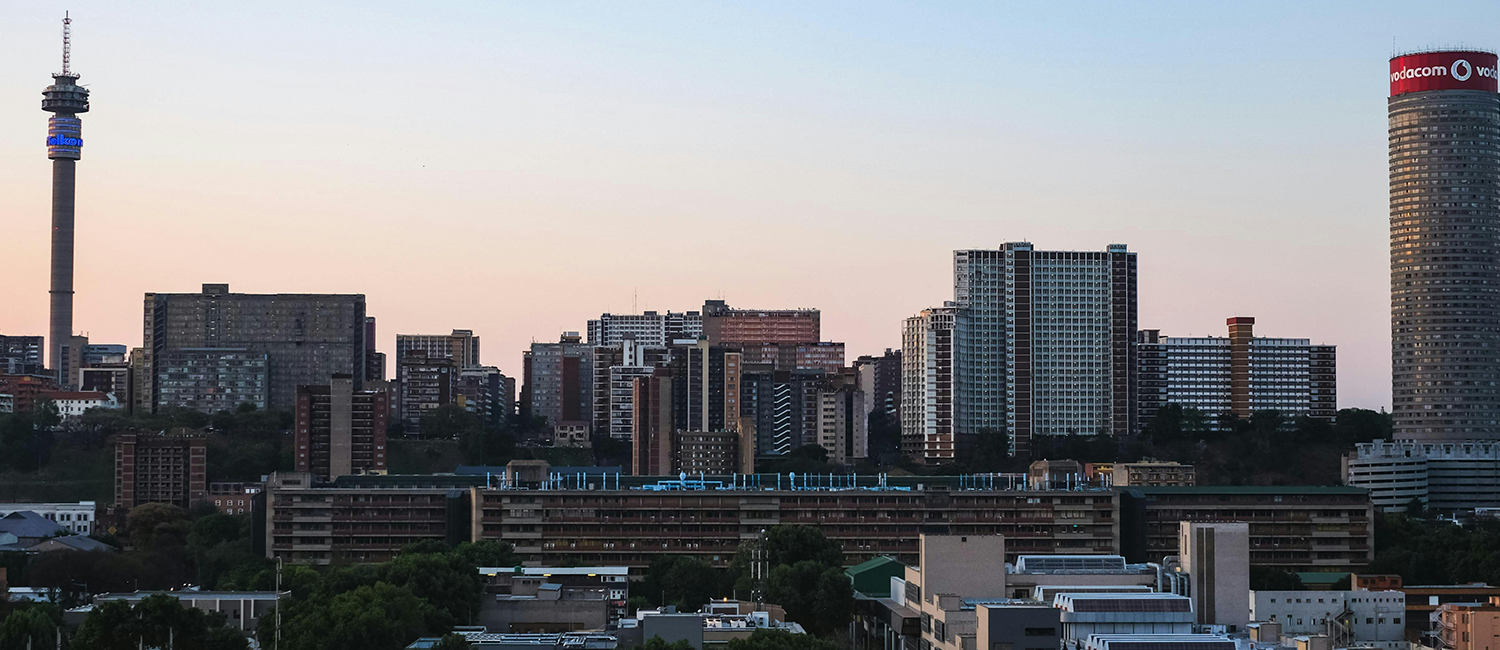FIETAS will never die! Long live Fietas! These were the sentiments expressed on the weekend when Joburg’s largest public artwork was unveiled.
The artwork, running under the subway of De la Rey Street between Fordsburg and Pageview on the western edge of the CBD, captures poignant images of life in Fietas, and ensures that the beloved suburb will never die.
Fietas was the name given by residents to the suburbs of Pageview and Vrededorp, which were emptied of their residents by the apartheid government in the 1970s and were mostly demolished.
Residents were dispersed, removed to Eldorado Park, Lenasia, Riverlea, Kliptown and Noordgesig, leaving Fietas to become a wasteland.
“Building by building, brick by brick, Fietas was torn down,” said councillor Boeta Raja, the chairperson of the Inner City Committee. “The pain of being uprooted will never be forgotten. Long live Fietas.”
The artwork stretches under two railway bridges, running for 126 metres on each side of the road. The art is a mix of flat steel images bolted on to the walls, smooth concrete pictures laid on to the walls, and others painted on the brickwork. People, buildings, pigeons and wallpaper designs make up the mosaic of images that reflect aspects of life in Fietas.
The total surface area is 1 538 square metres, and 17 different colours were used. It took two years to complete the R800 000 project.
The mural was a collaborative effort, commissioned by the Johannesburg Development Agency, and overseen by commissioning agent The Trinity Session, 26’10 South Architects, The Fietas Festival and Whack Design. Bie Venter of bie CC was the project co-ordinator. The Fordsburg, Pageview and Vrededorp communities were extensively consulted.
Old timers
Several hundred people gathered on Sunday, 20 February to share fond memories and savour the mural in a walkabout with the artists.
Several old timers talked of their time in the suburb, a harmonious mix of Indians, Malays, blacks, and coloureds who looked out for one another as neighbours and who shared the rigours of apartheid.
Former resident Junior Jacobs spoke of the kwela-kwela vans, the police vans, which used to load people up and take them to John Vorster Square, now Joburg’s Central Police Station. “If my father was not home on Fridays by 7pm, we knew there was trouble somewhere between Brixton and John Vorster Square.” When Fietas was cleared Jacobs was moved to Eldorado Park in Soweto.
Zulkha Mamdoo got married at 14 and went to live in Fietas, where her three children were born. She recalled how the subway was her link to Red Square in Fordsburg, where meetings and protests were held. “We lived in peace and harmony in Fietas. If there were calamities, we helped one another.” In the 1970s she was moved with her family to Lenasia.
The mayoral committee member for community development, Bafana Sithole, spoke of living life under apartheid, of the “social engineering” if you were not white. He was born in Alexandra and got involved in the struggle against apartheid at an early age. But now, “we can all become South Africans again”, he said.
Dancers from Moving into Dance entertained the crowd, in 1950s-style dress and dance, followed by gumboot dancers in bright orange overalls and shiny black boots.
Plaque
Then it was time to unveil the plaque. Sithole and Raja stepped forward, and pulled the red ribbons, and the subway was officially opened.
“The subway serves not only as a physical link between the suburbs and the city, but also symbolically echoes the links between areas elsewhere in Johannesburg and South Africa similarly torn apart and left isolated by apartheid,” reads the plaque.
“People passed through the subway to the bazaars and sports fields in Fietas and to the bioscopes, eating houses and dance halls in Fordsburg.”
People stepped closer to read the wording. “Stories about life in Fietas and Fordsburg continue to live on vividly in the memories of former and current residents.”
Mural tour
Then the artists, Rookeya Gardee, Bronwyn Lace and Reg Pakari, took the crowd on a tour of the subway, explaining the evolution of the individual images. Workshops with the communities of Fietas and Fordsburg were held over a year, in 33 community engagements, from kite flying to inter-generational game playing.
Along the way it was discovered that a former resident had filmed life in Fietas, and some of those images were incorporated, as well as treasured photographs of former residents.
During the tour it emerged that some of the people portrayed on the walls were present. A romantic image of a dancing couple, depicted in red steel, came alive when the two were identified in the crowd. Estelle and Ronald Sanders posed in front of the large image, looking like they would dance up and down the subway.
Sam Bulbulia, whose parents opened the first shop in the famous 14th Street, talked about life in Fietas, of how he used to go in a horse and cart to Fordsburg, via the subway. He still lives here, in 13th Street, one of the few residents who refused to be uprooted.
Former residents expressed some concern as to whether other images would be portrayed on the walls, images that they felt had meaning to them, like the school in Krause Street. Pakari explained that not all images could be used.
“This is the beginning; it will be a continuing cycle,” he concluded.
There are also plans for a museum in Fietas.
Source: Joburg.org.za

